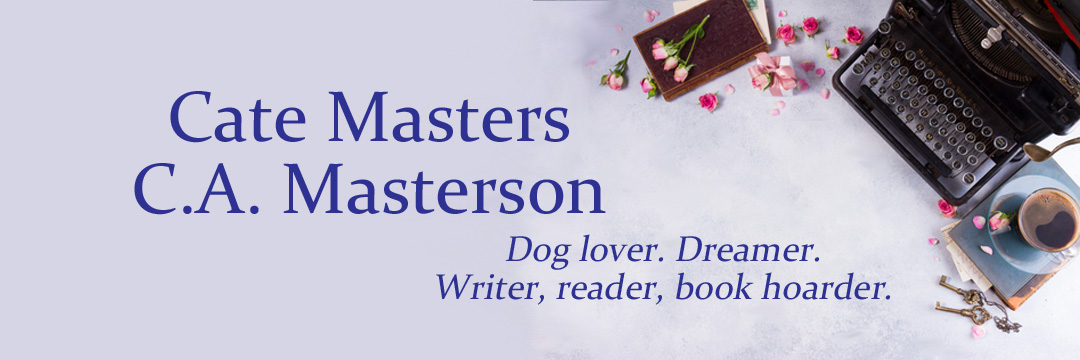
Whew! Yesterday, I was sidetracked from writing by the usual real-life interruptions – grocery shopping and other Thanksgiving Day preparations – so got back to my computer pretty late. I was so close to 50k, I could taste it as vividly as I knew the tang of the cranberry sauce would be. So when I finally got back to writing, I couldn’t stop until I’d surpassed the NaNoWriMo goal.
But reaching the NaNoWriMo goal is one small part of the entire project. Much writing, research and ever-important revision awaits me before I can truly feel I’ve finished (if I ever can reach that point – whenever I re-read a story, I always find something to change).
When I finish the first draft and turn to revision, POV will be an ever-present consideration. As I mentioned, this is the first time I’ve used head-hopping in the style of the romance genre, so it must be done in a concise manner. Speaking from only one character’s perspective might seem an easy thing to accomplish, but in fact, in any given novel in which there’s a hero and a heroine, not two perspective exist, but three. The third is the author herself. If you’ve ever been reading a novel and been totally engrossed in the story until you came across a statement that seemed to come from neither the hero or heroine, or anyone else in the story, well, that’s a case of authorial intrusion. The writer inserted herself into the story as narrator, and unless it’s done exceptionally well, it’s often not a welcome experience for the reader.
The Short Story Writing site provides examples of authorial intrusion. More succinctly, Rob Parnell describe authorial intrusion as the writer including a personal opinion about a character, situation or scene, or anything else your characters themselves could not be aware of.
Some authors intentionally incorporate authorial intrusion. The Great Gatsy is an example.
Anne M. Marble’s Headhopping, Authorial Intrusion, and Shocked Expressions explains very clearly the POV problems that trip up many a writer. Under the Shocked Expressions subhead, it’s important to note that no character can describe the expression on his or her own face (and conveniently placing the character in front of a mirror is not cool).
Although I’ll be busy revising for quite awhile, it feels great to have achieved the goal.
